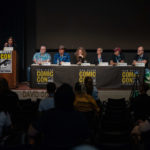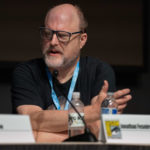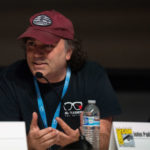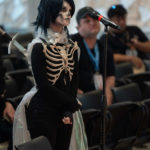
Goals aren’t fleeting whims or lofty dreams; they’re the cornerstones of long-term success. If you’re like most creatives, your mind is a buzzing hive of aspirations and objectives. So, how do you wrangle these into a coherent plan? Enter the Monthly Goals Worksheet—an effective but often overlooked tool that I’ve found invaluable for streamlining productivity and realizing visions.
The Goal vs. Purpose Dichotomy: A Philosophical Foundation
I discovered the intriguing difference between ‘goals’ and ‘purposes’ during my junior college years, in a class that today’s lingo would probably dub a “life hack philosophy class.” A goal is a concrete milestone you aim to reach, like completing your next novel. A purpose is your broader life mission—like becoming a beloved and influential author. The exciting part? Goals and purposes can intermingle seamlessly. Your overarching purpose often breaks down into a series of actionable goals, and in a philosophy class during junior college, I learned the difference between ‘goals’ and ‘purposes.’ of his Writer MBA courses, including the eye-opening “Build a Superfandom.” The course featured a strategic goals worksheet that revolutionized how I plan my months and years. I can’t provide the exact file here, but I’ll share its foundational concepts, which can make goal-setting a walk in the park for anyone.

A Month in Review: The Structure of My Goals Worksheet
Celebrate Your Achievements
I kick off every month by revisiting my last month’s goals file. After saving it under a new name for the upcoming month, I dedicate the first section to celebrating my victories. In my monthly goals worksheet, list every achievement, big or small, and it’s always invigorating to recognize my progress. For instance, last month, I beefed up my series bible, The Creedverse, by an astonishing 90,000 words!
 Self-Perception and Others’ Views
Self-Perception and Others’ Views
Next up, I delve into perceptions—both my own self-perception and how I believe others see me. Understanding these perspectives is not just a theoretical exercise; it actively influences how I interact with people both in personal and professional settings.
Envision Your Milestones
This section is all about visualizing where I want to go. I list down my milestones, framing them within various timeframes—five years, three years, one year, and then down to months and even the next day’s targets. This cascading approach creates a roadmap that is both expansive and detailed, making my journey less intimidating.
Uncover Your Unique Strengths
Finally, I focus on what I call my “unfair advantages”—those unique traits that give me an edge. These can range from your social skills to your writing pace, but identifying them is crucial. These advantages act like an extra set of gears in your vehicle, accelerating your progress toward your goals.
Confronting and Overcoming Imposter Syndrome
A structured approach to goal-setting is not just a planning tool; it’s an antidote to imposter syndrome. Doubts and insecurities often plague us, but when you document your monthly progress, these fears become less formidable. Each small win provides validation, proving that you are more than capable of achieving your dreams. Even if you miss some targets, reviewing your monthly goals worksheet will show that you’ve made significant strides forward.
Parting Wisdom
Whatever your creative endeavor, your trajectory is yours alone to shape. A well-plotted course makes navigating to your destination far more manageable, and a monthly goals worksheet can offer you that invaluable roadmap. While I do highly recommend diving into Russell Nohelty’s Writer MBA courses for advanced techniques, my simplified framework should provide a starting point for those seeking structured progress. So, are you ready to convert your dreams into actionable plans and measurable milestones?
“Success will be within your reach only when you start reaching out for it.”
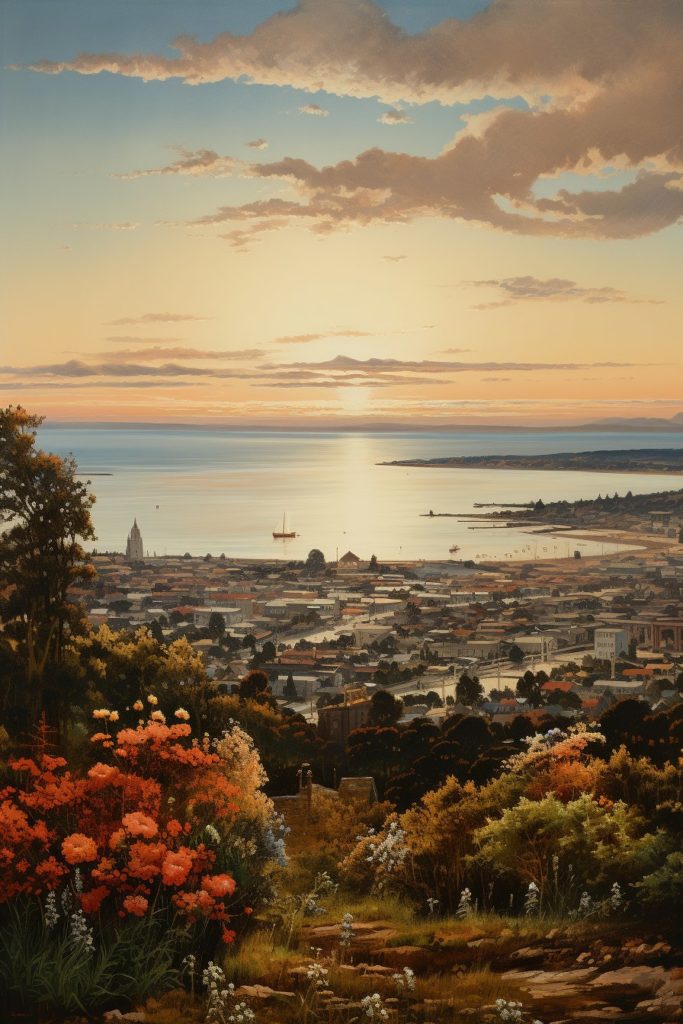 For those unfamiliar, the Creedverse is what I call the fictional world where my novel trilogy,
For those unfamiliar, the Creedverse is what I call the fictional world where my novel trilogy,  Anna Lynn Boyd is one of the prime movers of the Creedverse. She’s the daughter of James Creed, also known as Bodacious Creed, the protagonist of The Adventures of Bodacious Creed.
Anna Lynn Boyd is one of the prime movers of the Creedverse. She’s the daughter of James Creed, also known as Bodacious Creed, the protagonist of The Adventures of Bodacious Creed.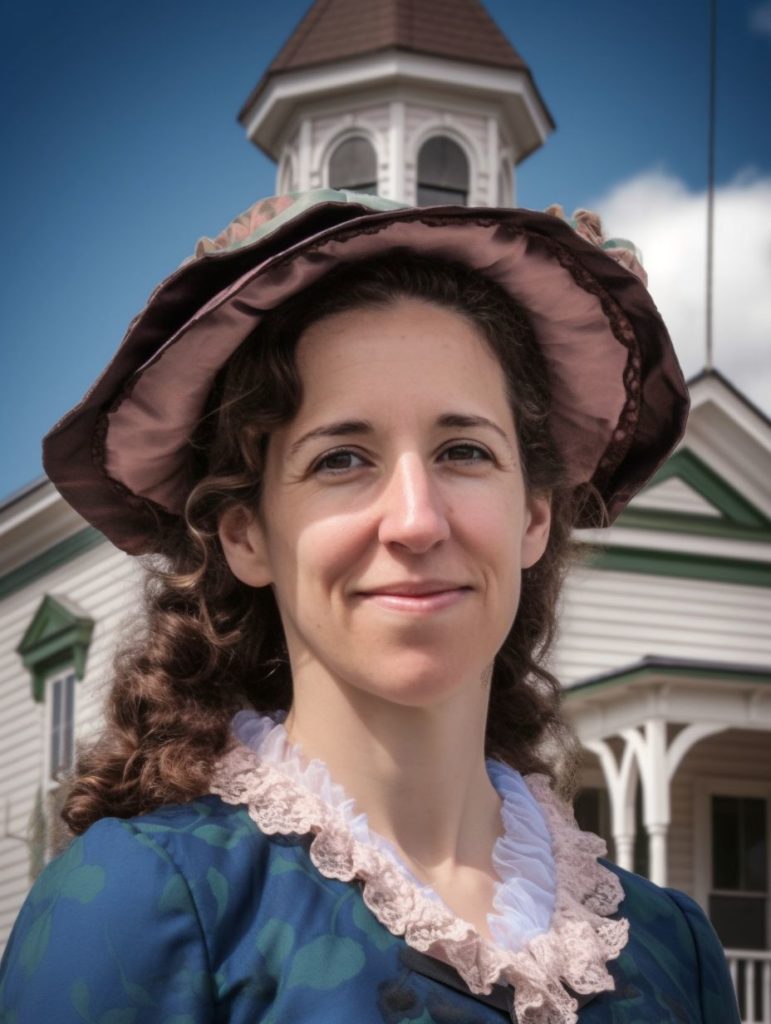 Now, we move to a very different person, Heidi Nelsen. Since James Creed is the protagonist of the first trilogy, all the women mentioned here have a close connection with him.
Now, we move to a very different person, Heidi Nelsen. Since James Creed is the protagonist of the first trilogy, all the women mentioned here have a close connection with him. While I introduced Anna and Heidi in Bodacious Creed: a Steampunk Zombie Western, Selena first appears in the sequel, Bodacious Creed and the Jade Lake. Señora Moreno is one of the few female members of the fraternal organization E. Clampus Vitus in San Francisco, a group that Creed gets involved with, and who help him solve some tough crimes.
While I introduced Anna and Heidi in Bodacious Creed: a Steampunk Zombie Western, Selena first appears in the sequel, Bodacious Creed and the Jade Lake. Señora Moreno is one of the few female members of the fraternal organization E. Clampus Vitus in San Francisco, a group that Creed gets involved with, and who help him solve some tough crimes.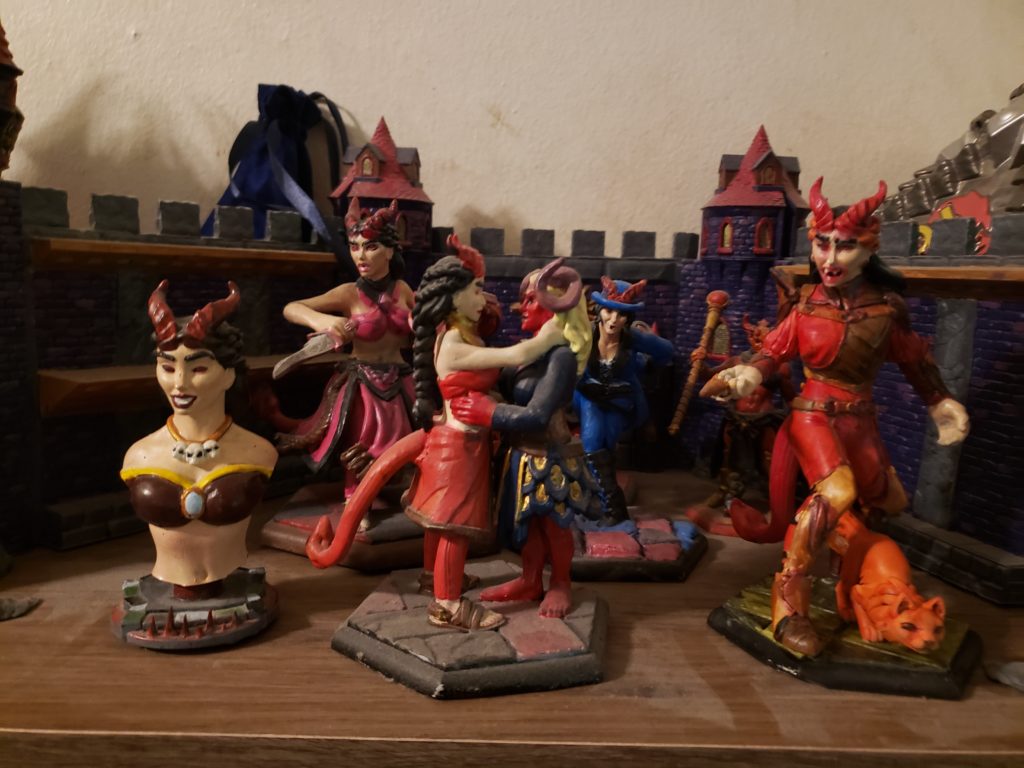
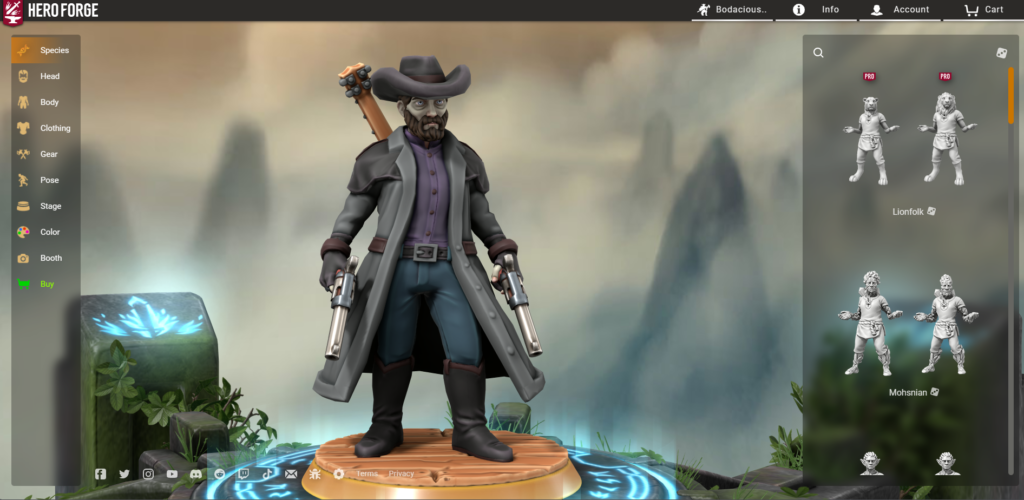
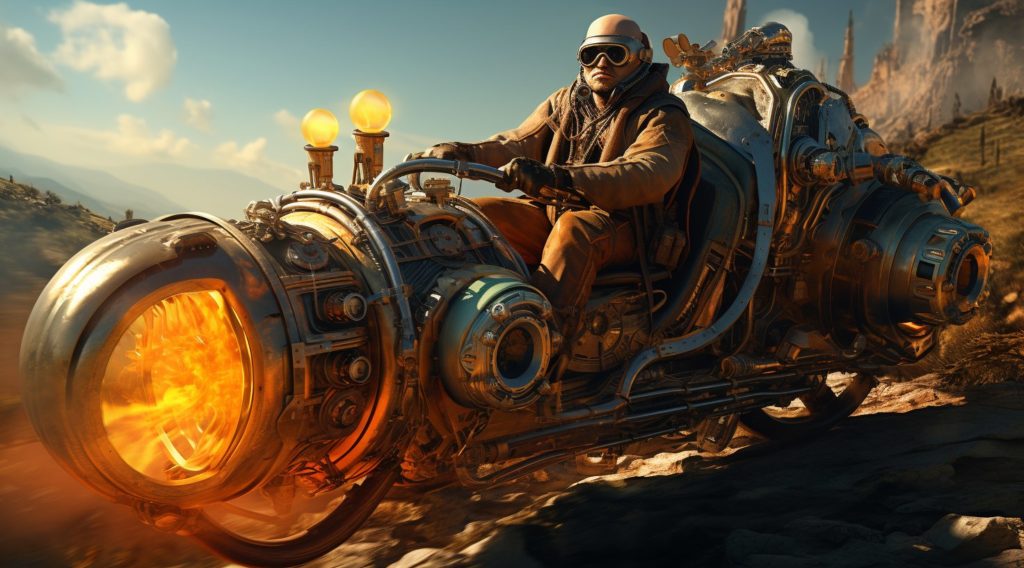
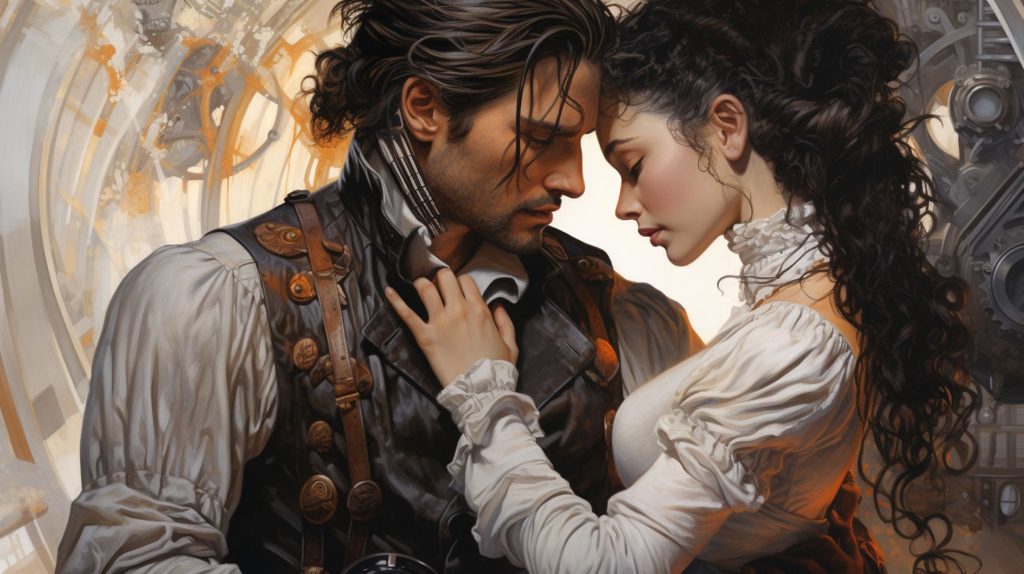
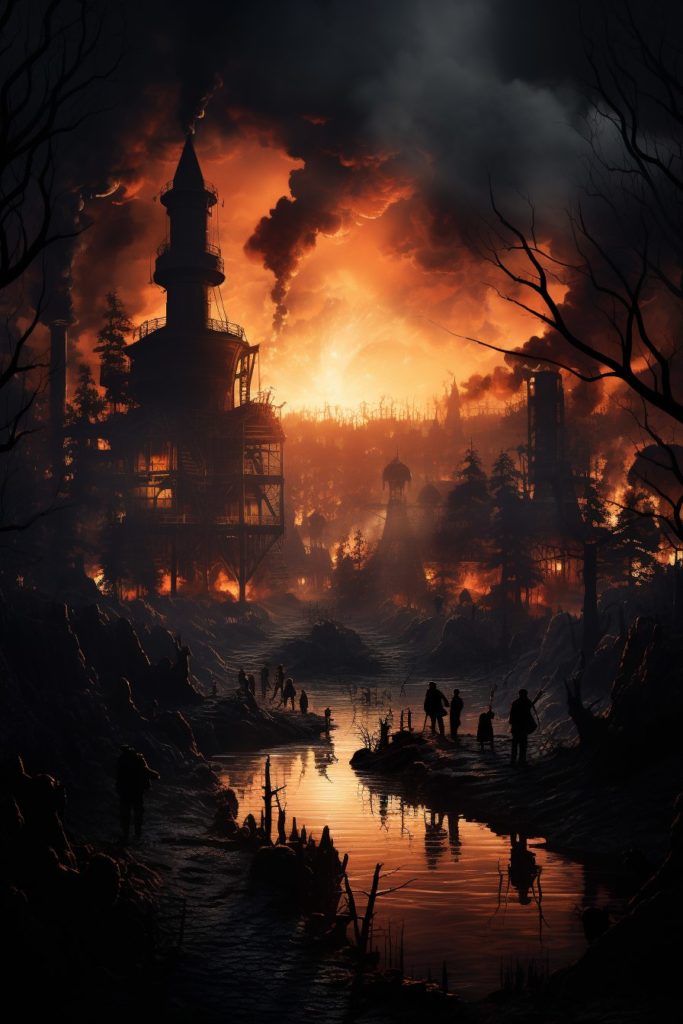 Steampunk fiction can also reflect how we treat the environment. It’s short stories and novels take us back to a time of rapid industrial growth, showing the serious environmental problems that can come from letting industries grow without control in stories that stress the importance of taking care of our environment through sustainable habits. It encourages us to think about the negative effects of not protecting our natural surroundings today. By looking at a period affected by the early negative impacts of industrialization, we can become more aware of the need to embrace green practices now.
Steampunk fiction can also reflect how we treat the environment. It’s short stories and novels take us back to a time of rapid industrial growth, showing the serious environmental problems that can come from letting industries grow without control in stories that stress the importance of taking care of our environment through sustainable habits. It encourages us to think about the negative effects of not protecting our natural surroundings today. By looking at a period affected by the early negative impacts of industrialization, we can become more aware of the need to embrace green practices now.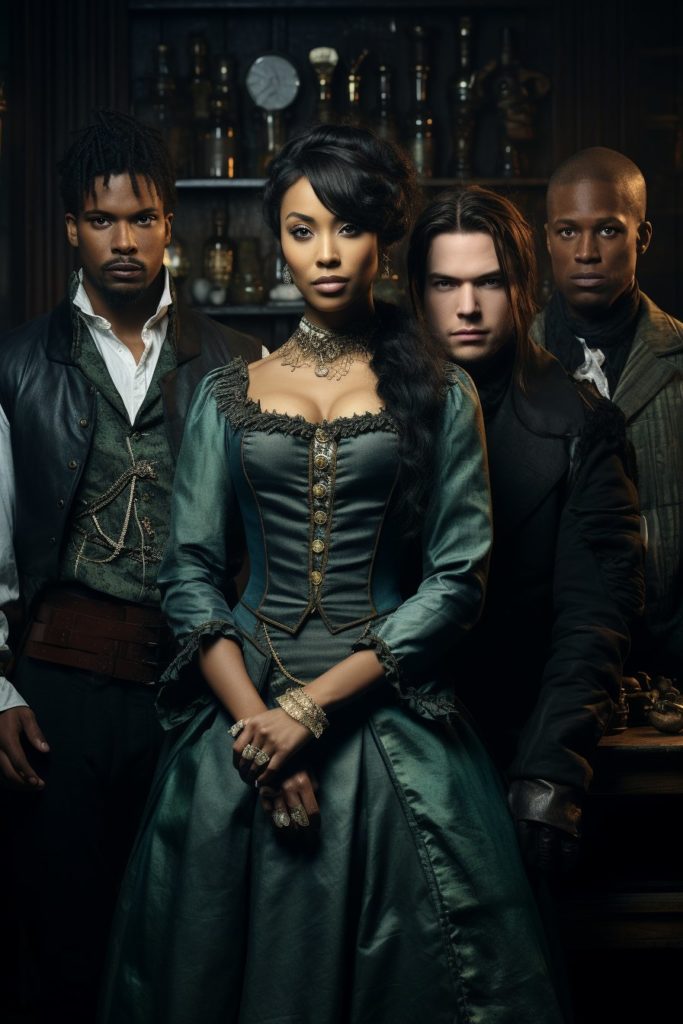 As more authors explore the steampunk genre, their stories echo with messages of diversity and inclusion. Steampunk opens up a vast world where different cultures, backgrounds, and perspectives come to life, encouraging readers to embrace a wider and more compassionate understanding of others. This genre doesn’t just offer tales; it presents a reflection of the varied and complex world we live in today, helping readers appreciate the beautiful tapestry of diverse experiences and narratives. Thus, steampunk showcases the ever-changing styles of storytelling, celebrating the deep diversity that characterizes our modern society.
As more authors explore the steampunk genre, their stories echo with messages of diversity and inclusion. Steampunk opens up a vast world where different cultures, backgrounds, and perspectives come to life, encouraging readers to embrace a wider and more compassionate understanding of others. This genre doesn’t just offer tales; it presents a reflection of the varied and complex world we live in today, helping readers appreciate the beautiful tapestry of diverse experiences and narratives. Thus, steampunk showcases the ever-changing styles of storytelling, celebrating the deep diversity that characterizes our modern society.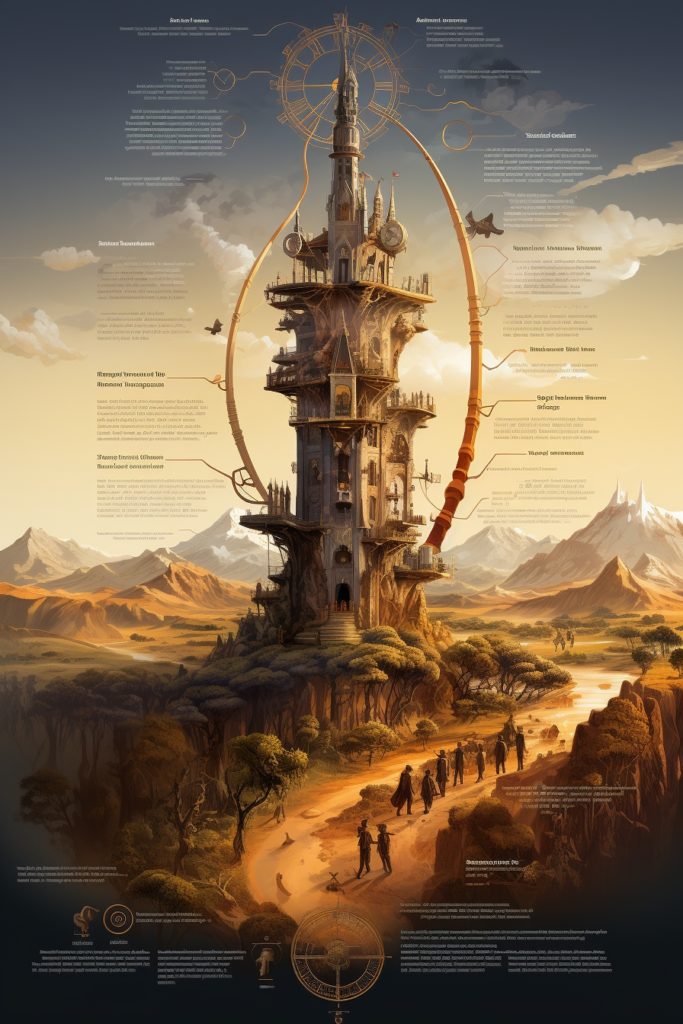
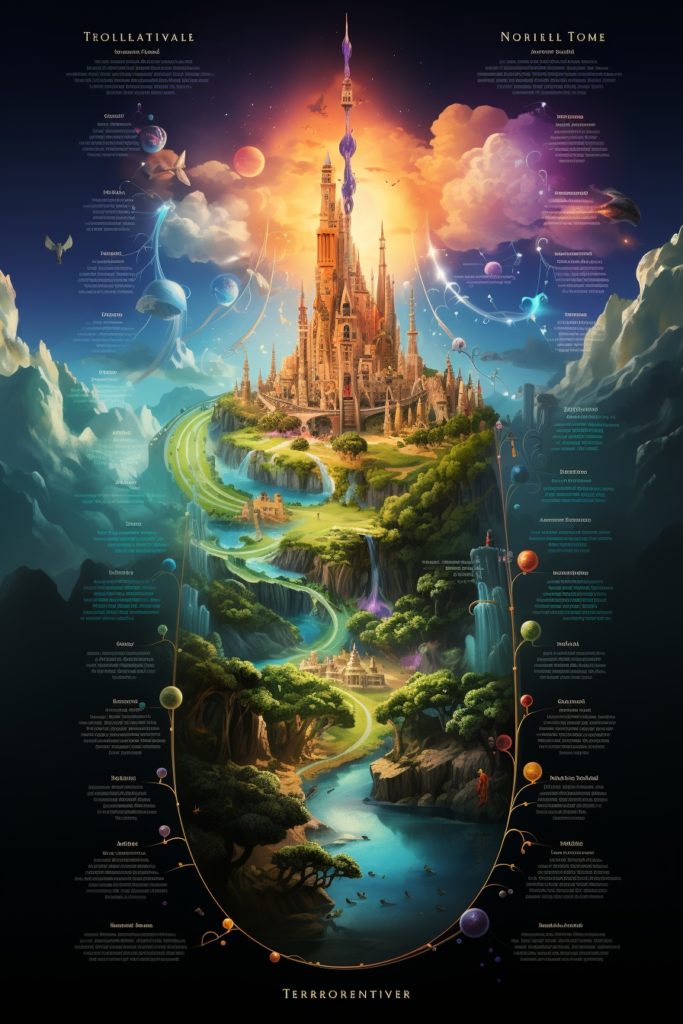 Alright, here comes a big decision—when crafting a novel series timeline, will yours follow the chronological order of events, or the order they’re revealed in the narrative? Each has its own pros and cons. A chronological timeline keeps everything neat and tidy, but a narrative timeline can help you track pacing and tension. It might be helpful to maintain both; this way, you understand not just what happens, but also how it’s presented to the reader. Double the timelines, double the insights!
Alright, here comes a big decision—when crafting a novel series timeline, will yours follow the chronological order of events, or the order they’re revealed in the narrative? Each has its own pros and cons. A chronological timeline keeps everything neat and tidy, but a narrative timeline can help you track pacing and tension. It might be helpful to maintain both; this way, you understand not just what happens, but also how it’s presented to the reader. Double the timelines, double the insights!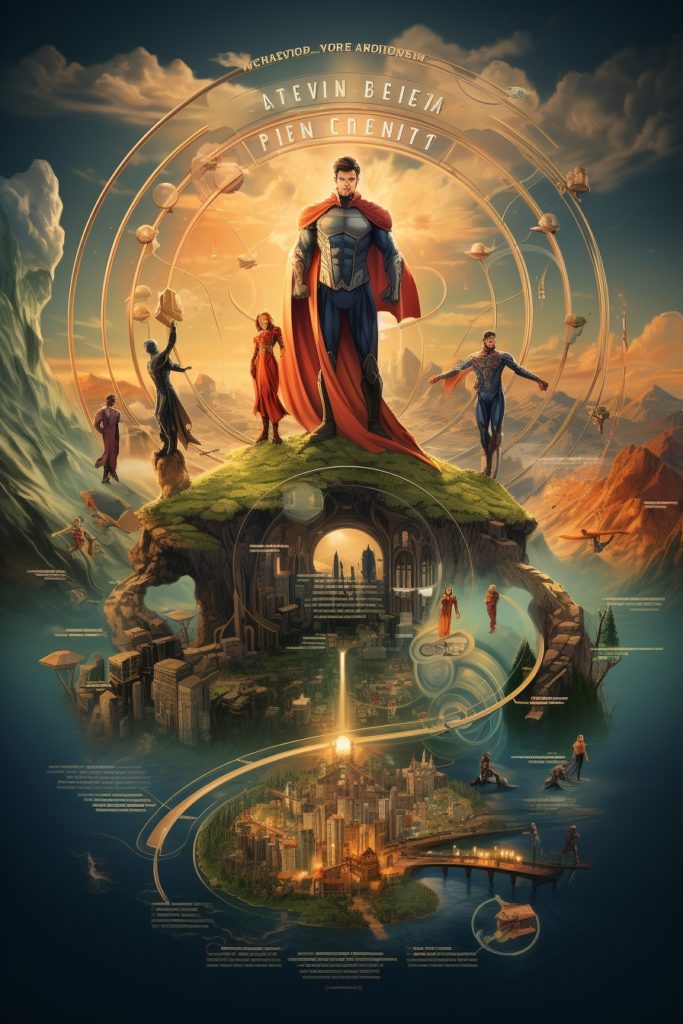 Let’s get something straight: consistency is your best friend when writing a series. A timeline enables you to track every nuance, from character birthdays to the phases of the moon, should that be important in your world. It’s all too easy for small inconsistencies to creep in when you’re writing multiple books over several years. Your timeline becomes your reference point, ensuring that every detail aligns from one book to the next. As you’re writing, when you want to remember exactly when something happened, you can check your timeline instead of riffling through your prior books.
Let’s get something straight: consistency is your best friend when writing a series. A timeline enables you to track every nuance, from character birthdays to the phases of the moon, should that be important in your world. It’s all too easy for small inconsistencies to creep in when you’re writing multiple books over several years. Your timeline becomes your reference point, ensuring that every detail aligns from one book to the next. As you’re writing, when you want to remember exactly when something happened, you can check your timeline instead of riffling through your prior books.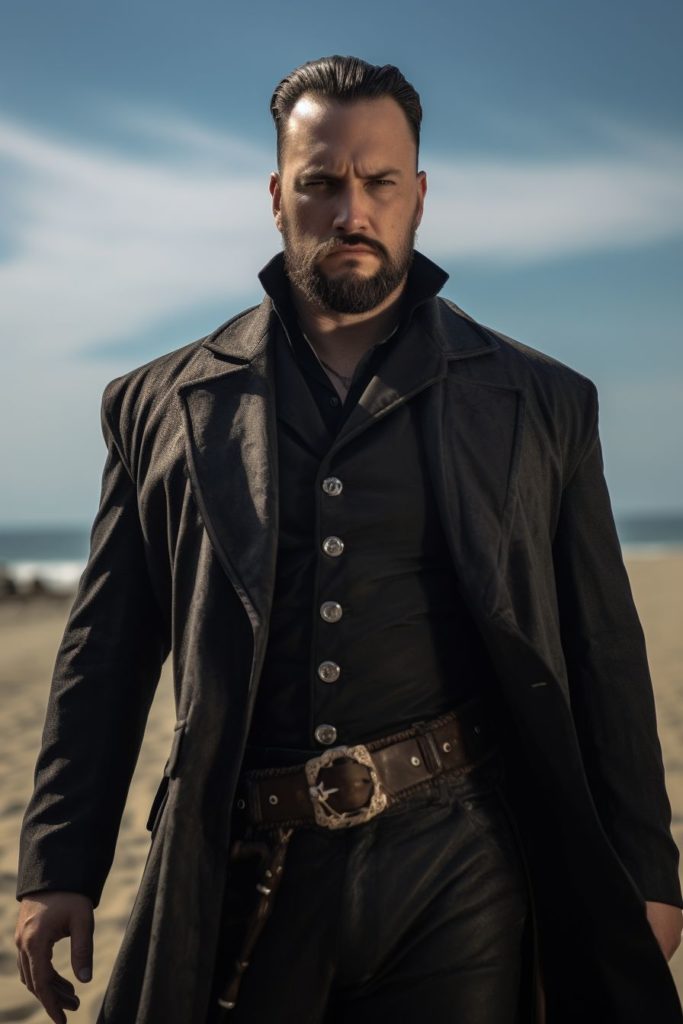
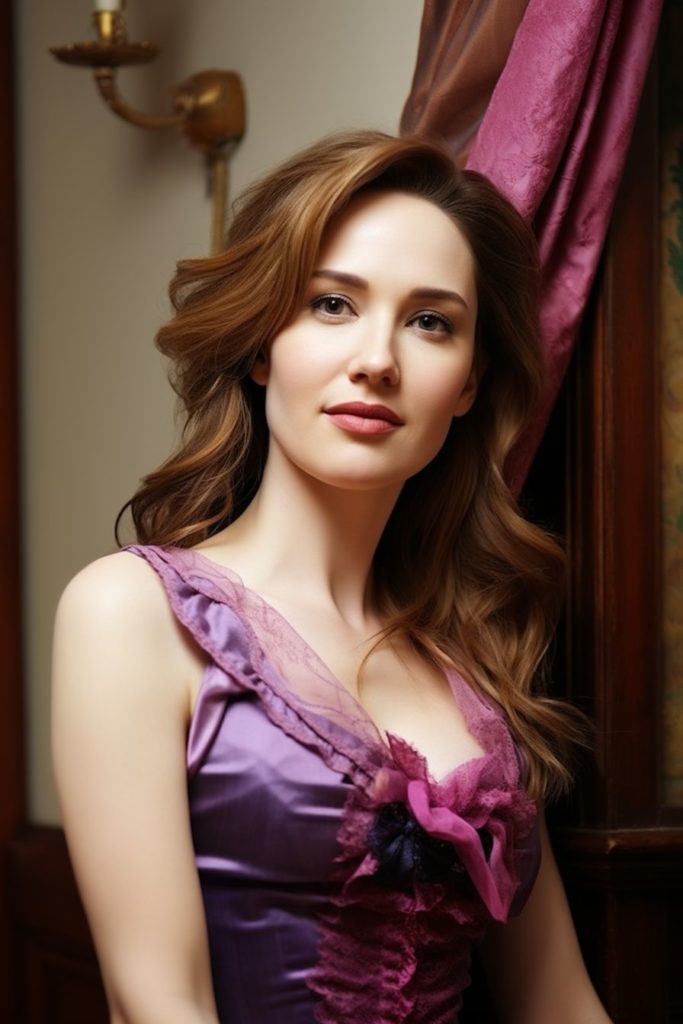 In the Creedverse, the gears and gadgets aren’t just an aesthetic choice. They make up functional machinery. The bodies of automatons are made of steel and hickory for durability. Machines created by Anna Boyd use thick glass, steel, wood, and leather straps..
In the Creedverse, the gears and gadgets aren’t just an aesthetic choice. They make up functional machinery. The bodies of automatons are made of steel and hickory for durability. Machines created by Anna Boyd use thick glass, steel, wood, and leather straps..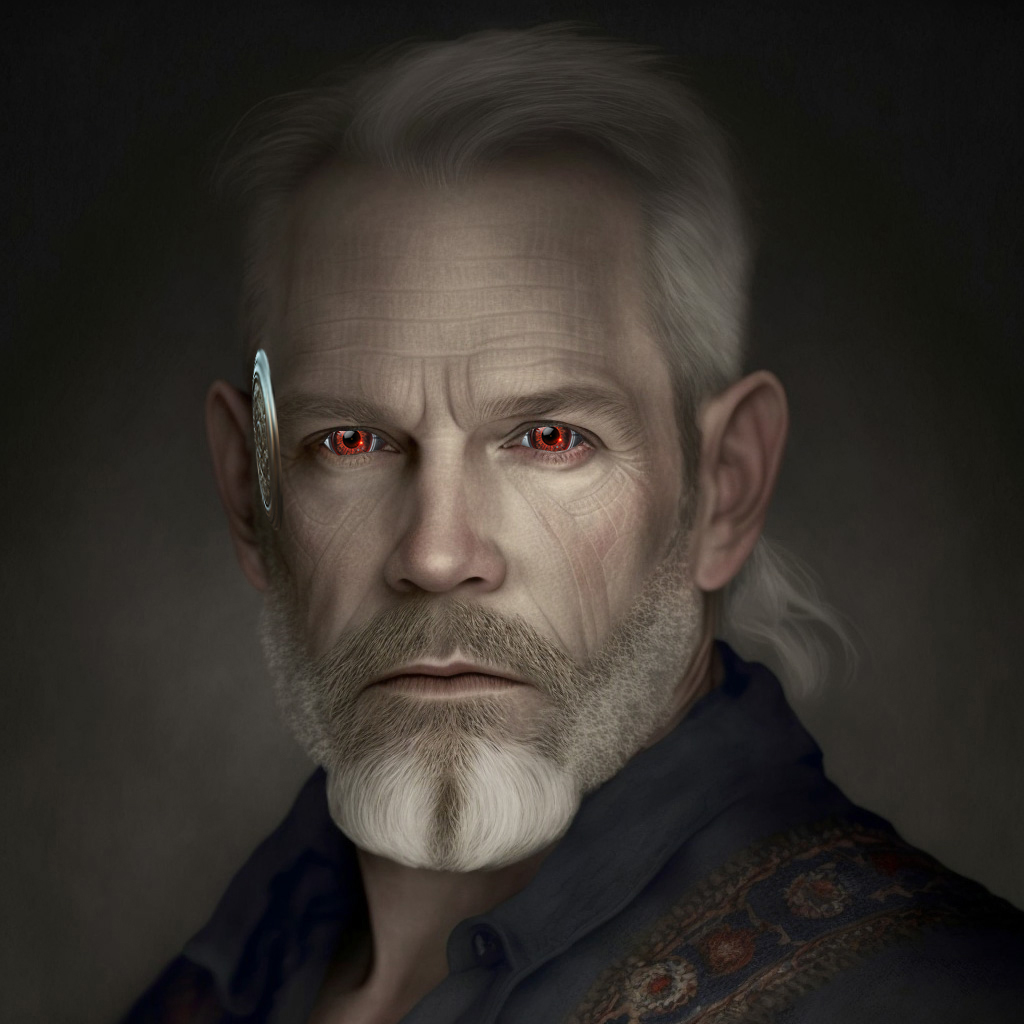
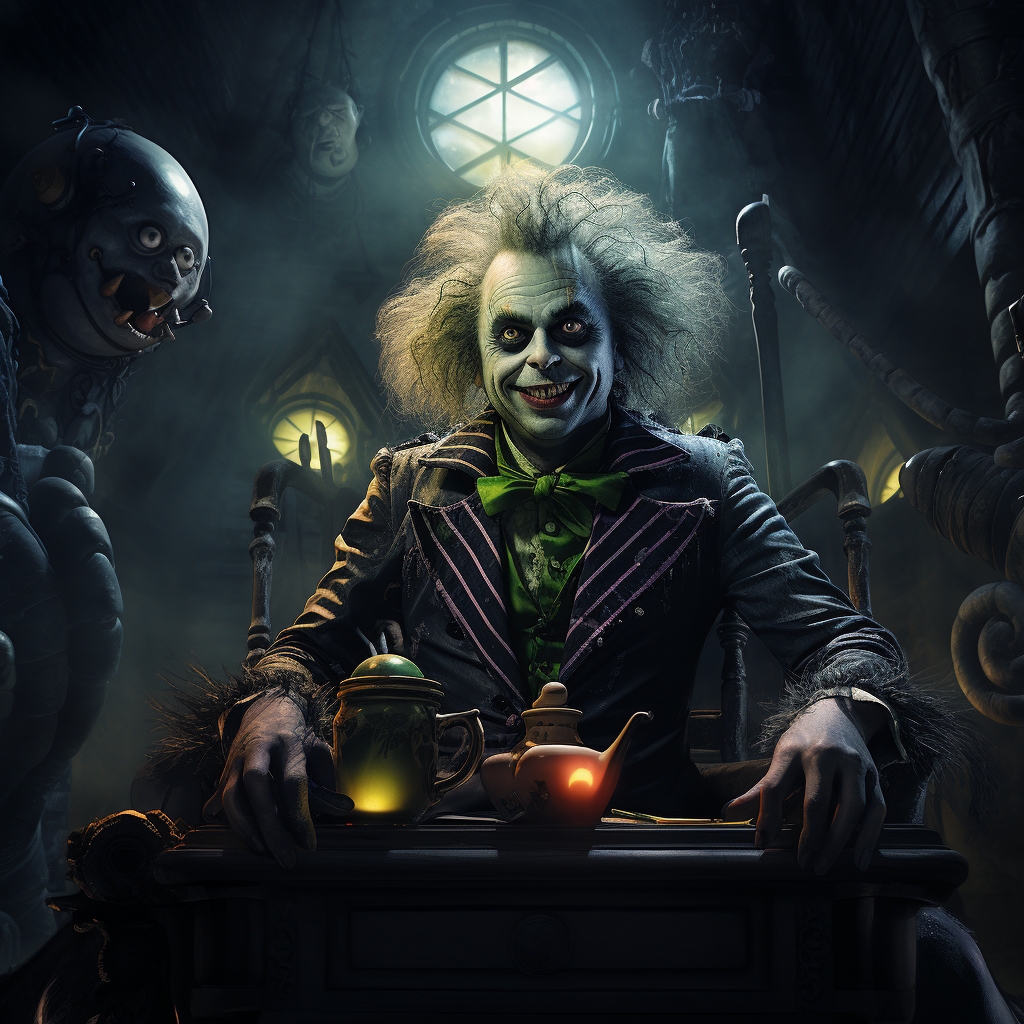
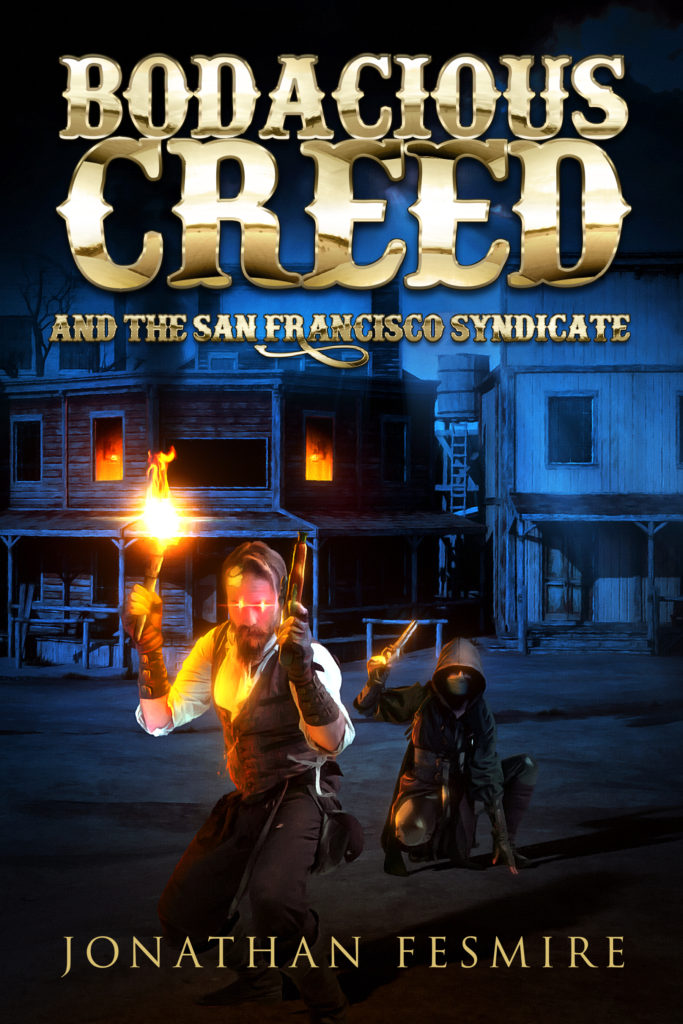 Publishing and Writing
Publishing and Writing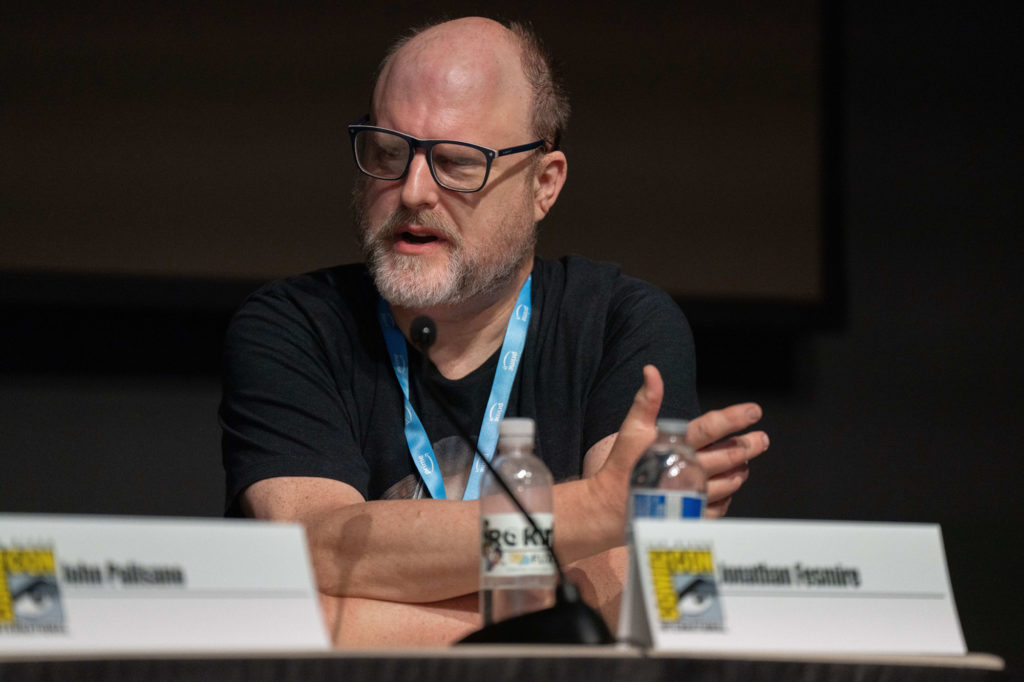 San Diego Comic Con 2023
San Diego Comic Con 2023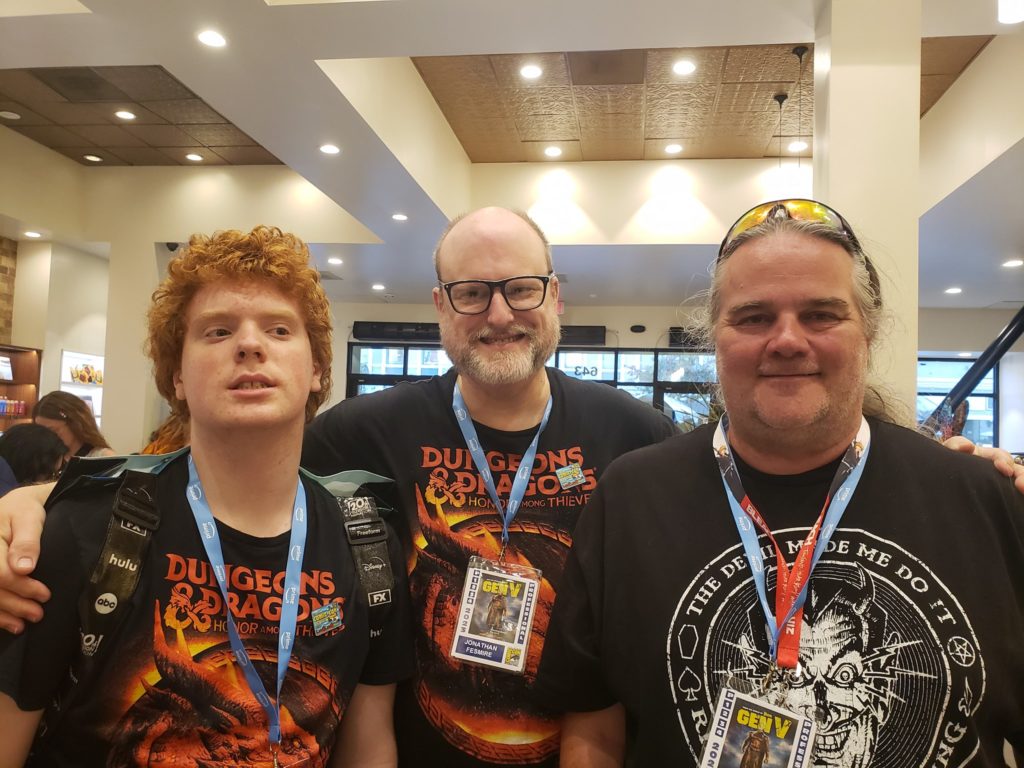 Our adventure kicked off on Thursday, July 20, with meeting my long-time friend, Kevin Andrew Murphy. With 15 years (or so!) since our last face-to-face encounter, it was a heartwarming reunion. We headed to an Irish pub for a hearty meal before indulging our sweet tooth at Ghirardelli Square. The day concluded with the Comic Legal Defense Fund party, where another friend, Russell Nohelty, made a welcome appearance. Both Kevin and Russell are talented writers who breathe life into their characters and stories, making the worlds they create compellingly real.
Our adventure kicked off on Thursday, July 20, with meeting my long-time friend, Kevin Andrew Murphy. With 15 years (or so!) since our last face-to-face encounter, it was a heartwarming reunion. We headed to an Irish pub for a hearty meal before indulging our sweet tooth at Ghirardelli Square. The day concluded with the Comic Legal Defense Fund party, where another friend, Russell Nohelty, made a welcome appearance. Both Kevin and Russell are talented writers who breathe life into their characters and stories, making the worlds they create compellingly real.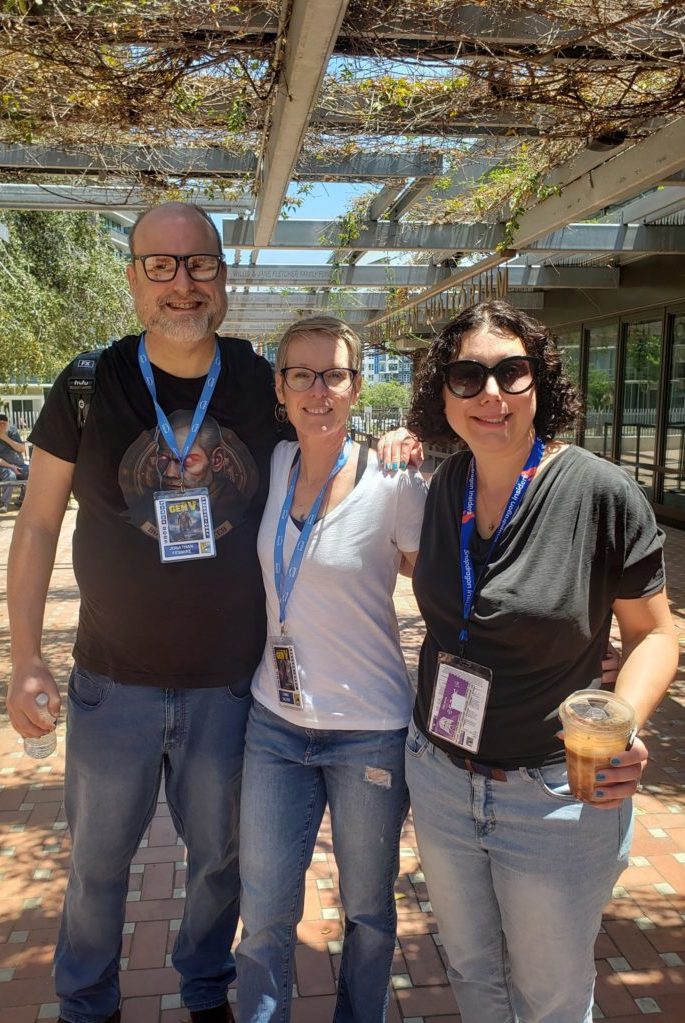
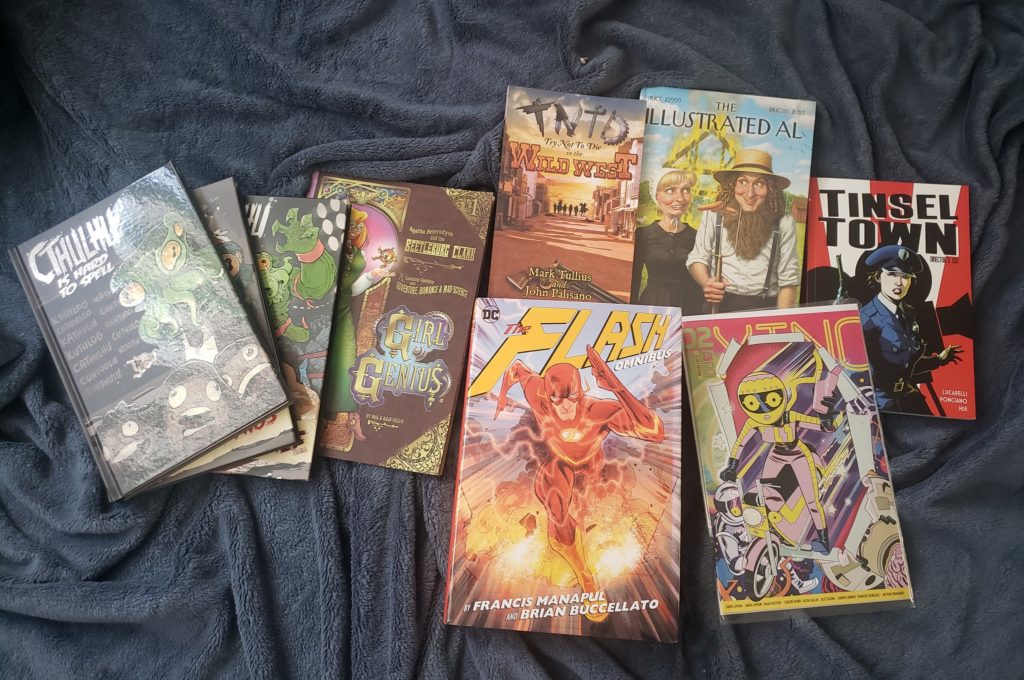 SDCC wouldn’t be complete without bringing home souvenirs. From graphic novels to tees and dice sets, we found treats for both my son and me. I traded a copy of the first novel in my steampunk zombie western trilogy, Bodacious Creed: a Steampunk Zombie Western, for Phil Foglio’s first Girl Genius graphic novel. I’ve been a fan of Phil for a long time and was delighted to meet him in person. I also got to meet David Lucarelli, author of Tinsel Town. I purchased Russell Nohelty’s Cthulhu is Hard to Spell series, and bought my son a huge, hardcover The Flash omnibus. (He loves graphic novels!)
SDCC wouldn’t be complete without bringing home souvenirs. From graphic novels to tees and dice sets, we found treats for both my son and me. I traded a copy of the first novel in my steampunk zombie western trilogy, Bodacious Creed: a Steampunk Zombie Western, for Phil Foglio’s first Girl Genius graphic novel. I’ve been a fan of Phil for a long time and was delighted to meet him in person. I also got to meet David Lucarelli, author of Tinsel Town. I purchased Russell Nohelty’s Cthulhu is Hard to Spell series, and bought my son a huge, hardcover The Flash omnibus. (He loves graphic novels!)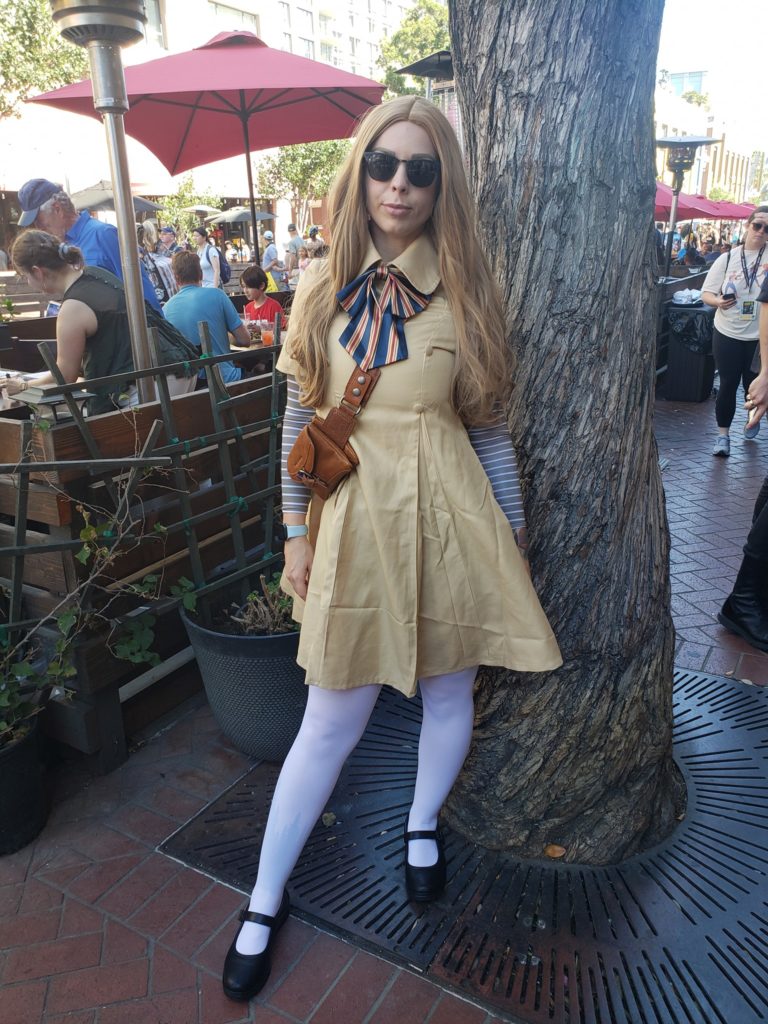 Among the whirlwind of experiences, the sight of cosplayers brought the characters we all adore from page and screen to real life. Although I didn’t manage to capture many, I snapped a few pictures that encapsulate the incredible creativity and passion in the cosplay community.
Among the whirlwind of experiences, the sight of cosplayers brought the characters we all adore from page and screen to real life. Although I didn’t manage to capture many, I snapped a few pictures that encapsulate the incredible creativity and passion in the cosplay community.